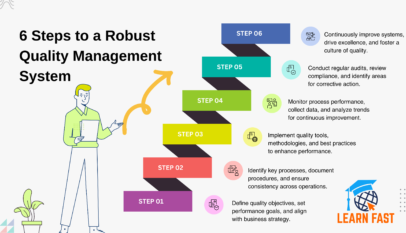Ensuring that your quarterly objectives are both ambitious and achievable can be a balancing act, but several strategies can help:
- Align with Strategic Goals: The objectives you set for the quarter should be a subset of your larger strategic goals. This alignment helps ensure that your objectives are ambitious – they contribute to big-picture goals – but also achievable because they are smaller components of a larger plan.
- SMART Objectives: Make sure your objectives are Specific, Measurable, Achievable, Relevant, and Time-bound (SMART). This will help ensure they are ambitious (Specific, Relevant) and achievable (Measurable, Achievable, Time-bound).
- Historical Data and Benchmarks: Use historical data and industry benchmarks to set realistic but ambitious objectives. If you’ve consistently met your objectives in the past, it may be time to set more ambitious ones. Conversely, if you’re consistently falling short, you may need to recalibrate your objectives to be more achievable.
- Employee Input: Involve employees in the objective-setting process. They have a good understanding of what’s achievable daily, and they can help set ambitious objectives that they feel invested in and motivated to achieve.
- Regular Review and Adjustment: Remember that objectives aren’t set in stone. Review them regularly and adjust them as necessary. This allows you to stay ambitious and respond to changes and challenges that may affect achievement.
Remember, the goal of OKRs is not just to set ambitious objectives but to ensure that those objectives drive meaningful progress toward your strategic goals. So while it’s important to aim high, it’s equally important to ensure that your objectives are grounded in reality and achievable with your resources.

















